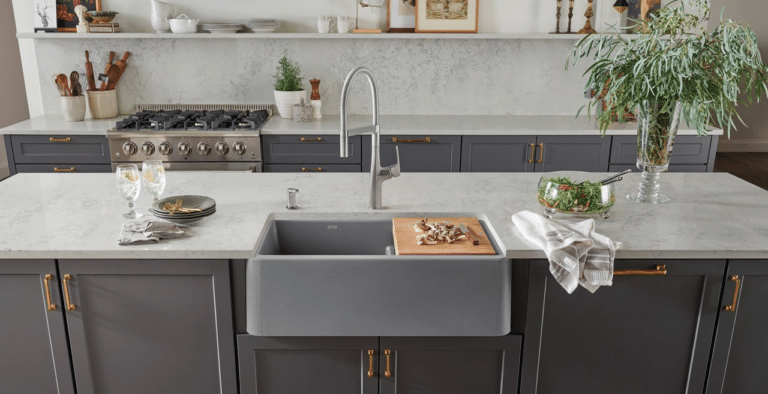Curious about induction cooking and its energy efficiency? Stay tuned as we dive into the basics of induction cooking, comparing it to traditional methods. Discover how factors like cookware type and cooktop size can impact electricity usage, along with cost implications and energy-saving techniques. Let’s cook up some knowledge on induction cooktops and how to use them efficiently!
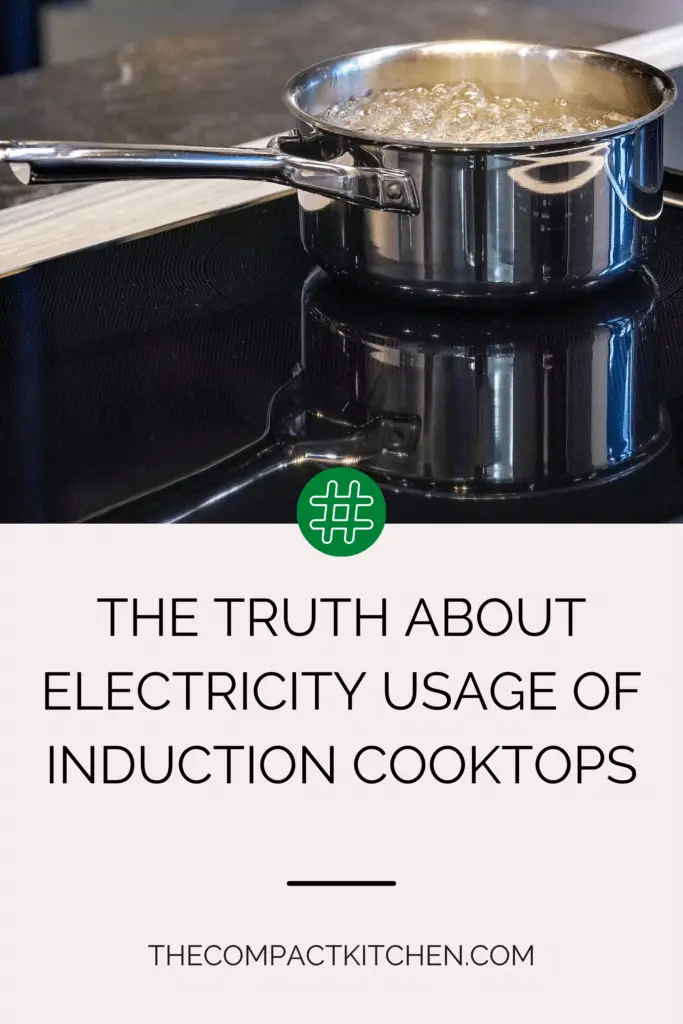
Understanding the Basics of Induction Cooking
Have you ever asked yourself, do induction cooktops use more electricity? Well, let’s delve into the world of induction cooking to understand how it works and see if it’s more energy-efficient than traditional cooking methods.
Induction cooking is a modern technology that uses electromagnetic energy to heat cookware directly. Unlike gas or electric cooktops that generate heat which is then transferred to the cookware, an induction cooktop creates a magnetic field that induces heat in the cookware itself. This means that only the pan gets hot while the cooktop surface remains cool to the touch.
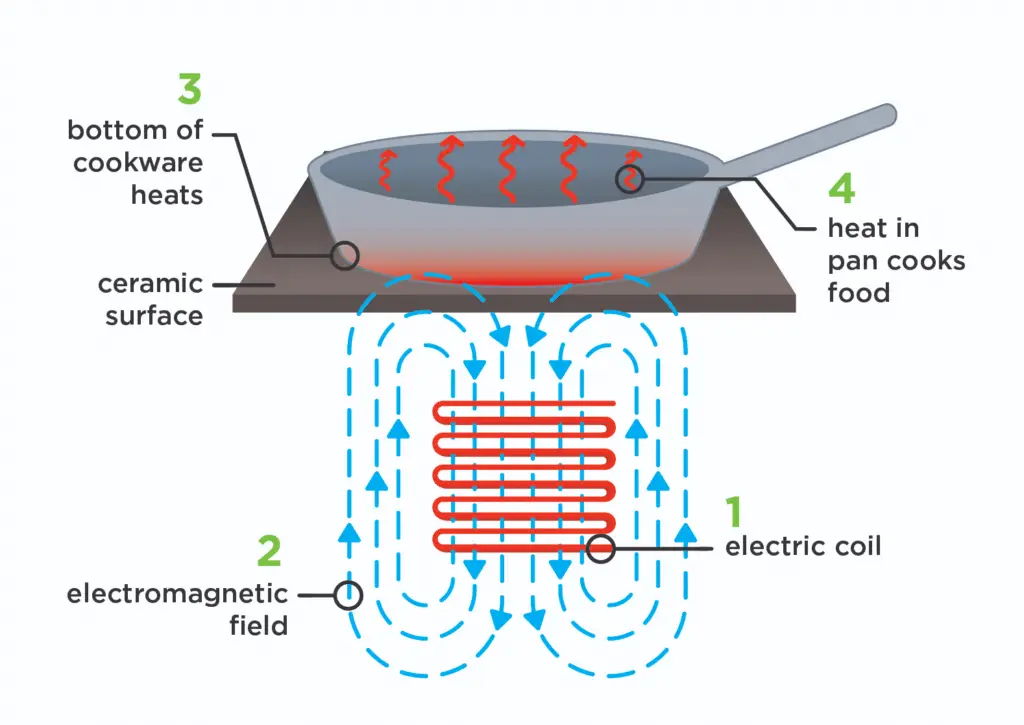
Now, how does induction cooking differ from conventional methods? Imagine trying to heat up a pot of water on a gas stove – you’d have to wait for the burner to heat up, and then for the heat to transfer to the pot. With an induction cooktop, the pot heats up almost instantly, cutting down on cooking time and energy usage.
Difference in Efficiency
It’s important to note that induction cooktops are generally more energy-efficient than traditional cooktops. This is because they heat up faster, resulting in less energy wasted in the cooking process. In fact, studies have shown that up to 90% of the energy generated by an induction cooktop is used for cooking, compared to just 40-55% for gas and electric cooktops.
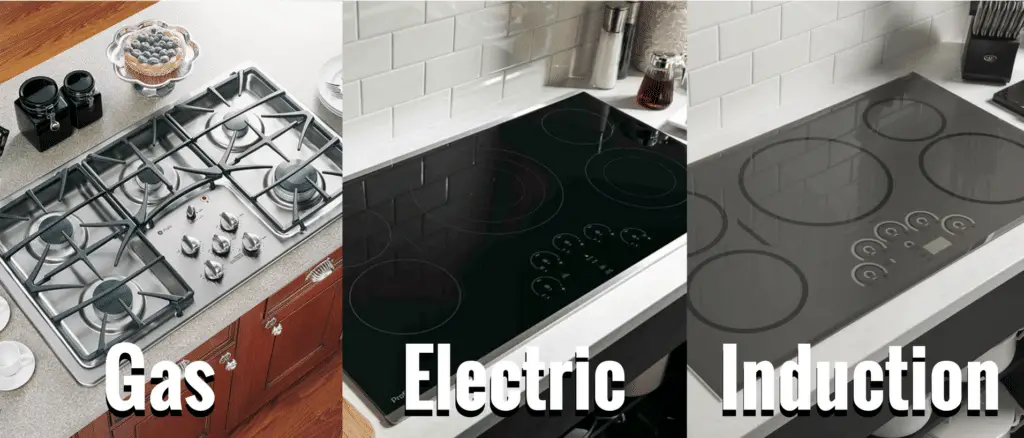
So, if you’re looking to save on your electricity bills and reduce your carbon footprint, making the switch to an induction cooktop might be a smart choice.
Energy Efficiency of Induction Cooktops
When it comes to cooking appliances, efficiency is key. But do induction cooktops use more electricity compared to traditional cooktops? Let’s delve into the energy efficiency of these modern kitchen wonders and see how they measure up.
How Induction Cooktops Utilize Energy
One of the most unique features of induction cooktops is their direct heat transfer mechanism. Unlike traditional gas or electric cooktops that generate heat through burners or coils, induction cooktops use electromagnetic technology to heat the cookware directly. This results in faster cooking times and less wasted energy, making them an efficient choice for busy home cooks.
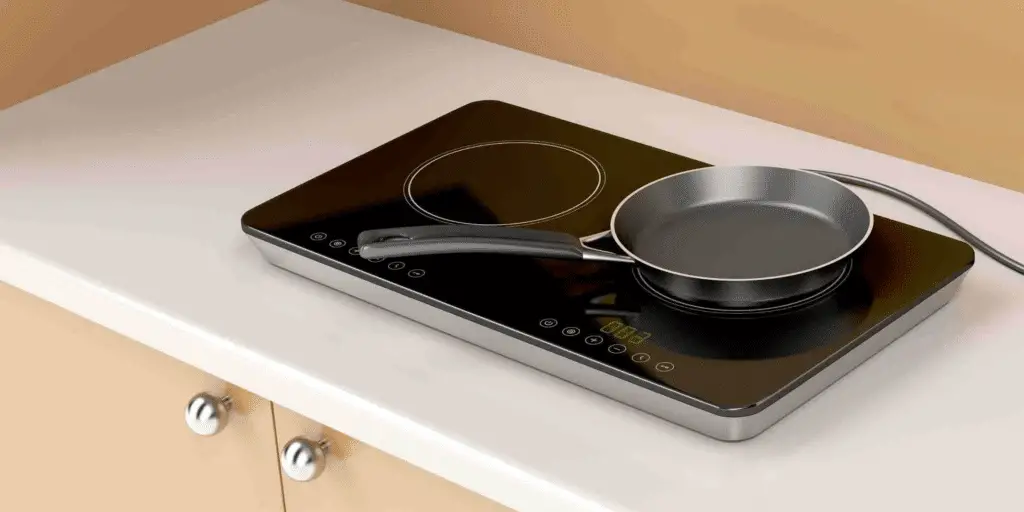
By generating heat within the cookware itself, induction cooktops can reach high temperatures quickly, allowing you to start cooking faster and save time in the kitchen. And since they only heat the area in direct contact with the cookware, there’s less heat loss and energy waste compared to traditional cooktops.
Comparing Energy Efficiency
So, do induction cooktops use more electricity than their traditional counterparts? In reality, induction cooktops are actually more energy-efficient overall. While they may draw more power during use, their ability to heat up quickly and maintain constant temperatures can lead to shorter cooking times and lower energy consumption in the long run.
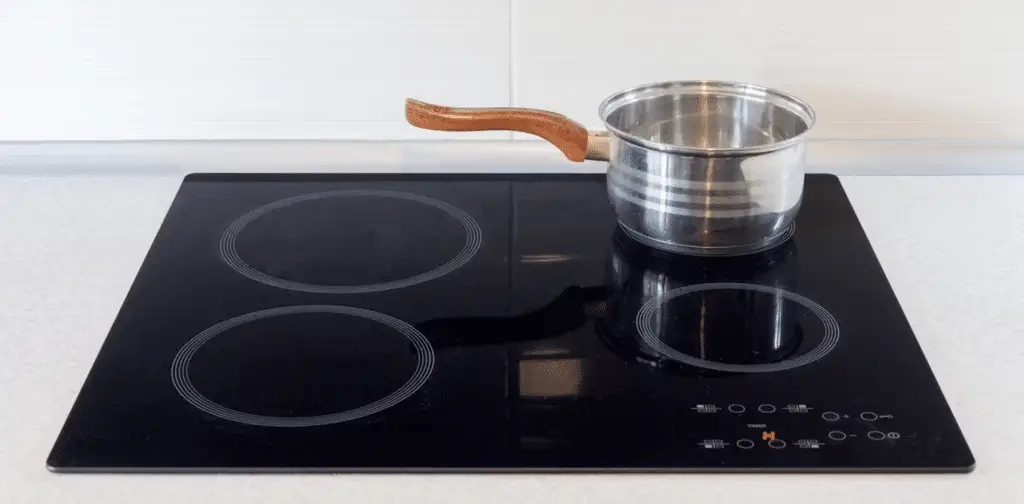
Traditional cooktops, on the other hand, may take longer to heat up and can waste energy through heat loss and uneven cooking. This can result in higher electricity bills and a less eco-friendly cooking experience.
When it comes to energy efficiency, induction cooktops are the clear winner. By understanding induction cooking and the factors that can affect energy usage, you can make informed decisions about your kitchen appliances and cook more efficiently.
Factors Affecting the Electricity Usage of Induction Cooktops
When it comes to understanding how much electricity induction cooktops use, several factors come into play that can impact their energy consumption. By being mindful of these factors, you can maximise the efficiency of your induction cooktop and ensure that you are using energy in a cost-effective manner.
Cookware Type
The type of cookware you use on your induction cooktop can have a significant impact on its electricity usage. For optimal performance, it is recommended to use induction cookwares that have a flat and smooth base, as this allows for better contact with the cooktop surface and more efficient heat transfer. Additionally, using cookware that is the right size for the heating element can help to minimise energy wastage.
Cooktop Size
The size of your induction cooktop also plays a role in how much electricity it uses. Larger cooktops typically consume more energy than smaller ones, so it is important to consider your cooking needs when selecting a cooktop size. If you often cook for a large family or entertain guests frequently, a larger cooktop may be necessary. However, if you primarily cook for one or two people, a smaller cooktop may be more energy-efficient.
Cooking Time
The amount of time you spend cooking on your induction cooktop can also impact its electricity usage. To minimise energy consumption, try to prepare meals efficiently and avoid leaving the cooktop on longer than necessary. Additionally, using the appropriate heat settings for different cooking tasks can help to conserve energy while still achieving delicious results.
Tips for Maximising Efficiency
To ensure that you are using your induction cooktop in the most energy-efficient manner possible, consider implementing the following tips:
- Only use cookware that is compatible with induction cooking.
- Preheat your cookware before adding ingredients to reduce cooking time.
- Avoid using excessively high heat settings, as this can lead to energy wastage.
- Keep your cooktop clean and well-maintained to ensure optimal performance.
By taking these factors into account and following these tips, you can make the most of your induction cooktop and enjoy the benefits of efficient cooking while minimising your electricity usage.
Cost implications of using Induction Cooktops
When deciding whether to make the switch to an induction cooktop, it’s essential to consider the cost implications involved. While induction cooktops are known for their energy efficiency, there are financial factors to take into account as well.
Analysis of the potential cost implications
One of the main concerns for homeowners looking to switch to induction cooking is the initial cost of purchasing and installing the cooktop. Induction cooktops can be more expensive upfront compared to traditional gas or electric cooktops. However, it’s essential to look beyond the initial cost and consider the long-term savings that come with using an induction cooktop.

Induction cooktops are known for their energy efficiency, which can result in significant savings on your electricity bills over time. By using less energy to cook your meals, induction cooktops can help reduce your overall energy consumption and lower your monthly utility costs. This factor can make up for the higher initial cost of the cooktop in the long run.
Examination of long-term savings
Another cost-saving benefit of using induction cooktops is their durability and longevity. Induction cooktops are known to be more durable than traditional cooktops, thanks to their lack of exposed coils or burners that can wear out over time. With proper maintenance and care, an induction cooktop can last for many years, saving you money on potential repairs or replacements.
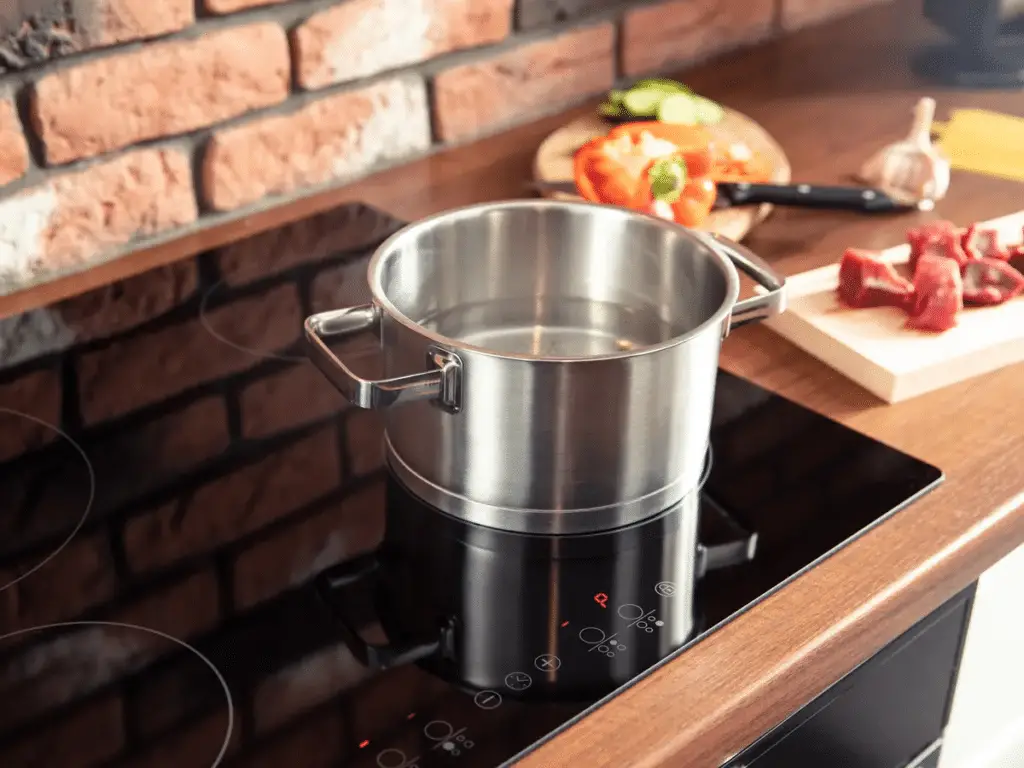
Additionally, induction cooktops are easier to clean and maintain, which can save you time and money on cleaning products and services. Their smooth, glass surface is simple to wipe down and doesn’t require harsh chemicals or scrubbing to keep it looking brand new. This ease of maintenance can contribute to the overall cost savings of using an induction cooktop.
In conclusion, while there may be some initial cost implications to consider when switching to an induction cooktop, the long-term savings in electricity bills, durability, and maintenance make them a cost-effective option for a sustainable kitchen. By investing in an induction cooktop, you can not only save money but also reduce your environmental impact through efficient cooking practices.
Practicing Energy-Saving Techniques with Induction Cooktops
Now that you understand the basics of induction cooking and the energy efficiency of these cooktops, it’s time to dive into some practical tips and techniques for using your induction cooktop in an energy-efficient manner. By implementing these energy-saving practices, you can not only reduce your electricity usage but also contribute to a more sustainable environment.
1. Use the Right Cookware
One of the key factors that can impact the electricity usage of your induction cooktop is the type of cookware you use. Opt for cookware that is specifically designed for induction cooking, as this will ensure maximum heat transfer and efficiency. Additionally, using flat-bottomed pots and pans that match the size of the cook zones on your cooktop can help prevent energy waste.
2. Cook Smart
When using your induction cooktop, try to cook smart by using the appropriate cookware for each dish. For example, use lids on pots and pans to trap heat and cook food faster. Additionally, try to batch cook meals or use residual heat to finish cooking dishes, rather than keeping the cooktop on for longer than necessary.
3. Optimize Cooking Zones
Induction cooktops often come with multiple cooking zones of varying sizes. To maximize energy efficiency, use the appropriate size cooking zone for each dish. For smaller pots and pans, use the smaller cooking zones to avoid energy wastage. Additionally, consider using the boost function only when necessary, as this can consume more electricity.
4. Practice Sustainable Cooking
Aside from using energy-saving techniques with your induction cooktop, it’s important to adopt sustainable cooking practices in general. This can include reducing food waste, cooking with locally sourced ingredients, and using energy-efficient appliances throughout your kitchen. By adopting a holistic approach to sustainability in your cooking, you can further reduce your environmental impact.
By incorporating these energy-saving techniques into your daily cooking routine, you can make the most out of your induction cooktop while reducing electricity usage and lowering your carbon footprint. Remember, sustainable cooking practices not only benefit the environment but can also lead to cost savings in the long run.
Embracing Induction Cooking: A Brighter, Efficient Future
As we wrap up our exploration of induction cooking, remember: understanding the basics, optimizing energy efficiency, and utilizing cost-saving measures are key. Factor in cookware, size, and cook time to lower electricity usage. Embrace sustainable cooking practices for a brighter, more efficient future.
So, do induction cooktops use more electricity? With the right knowledge and strategies, the answer is a resounding no. Make the switch and cook up a storm while saving on costs and energy consumption. Cheers to a greener kitchen!



